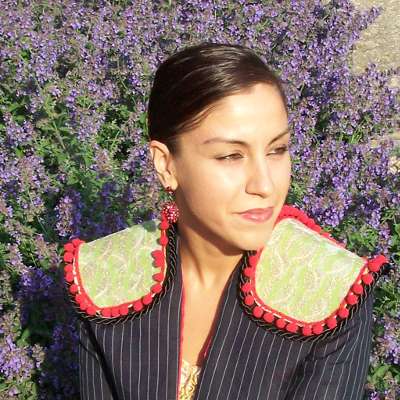Who would have known that an ordinary phone call to Pedro Machado, co-artistic director of Candoco Dance Co., would lead to a very stimulating cultural discussion on legacies, embodied knowledge and how they link to Candoco's methodology and repertoire? Machado is clearly a passionate artist with an earnest commitment to not only the company but also to inclusive dance and dare I say, to an inclusive society.
We began the conversation with a brief history of the company; Candoco was founded in 1991 by Celeste Dandeker and Adam Benjamin. It is a company comprised of disabled and non-disabled dancers. As their website explains, the company embraces Celeste's “immersion environment where all can contribute and give something of themselves, allowing for a sense of ownership where the nature of the group, whether vulnerable or different are included.” Machado explained that he danced with the company for 10 years and knew Celeste quite well; he felt that he understood her vision and the legacy, which is obviously why he shares the co-artistic director role with Stine Nilsen.
What exactly is that legacy and how does Celeste's vision live on today? Machado was very clear about the fact that the company works in a democratic fashion where all roles, bodies and perspectives are valued and included. Their ability to have a “shared vision” off stage is clearly emulated on stage and, because of this, they are exciting to watch; Candoco not only displays those different bodies onstage but it allows them to take centre stage and be in the spotlight. The infrastructure and approach of the company provide a model we could all learn from. One my favorite lines from Machado was “We can't use the same yardstick to measure every body.” How powerful and true. His words forced me to contemplate what our world could be if we all existed without being compared to others. What if we could applaud our differences and harvest co-existence? What would that world look like?
The natural progression of the conversation led me to reference Candoco's Triple Bill at the Warwick Arts Centre. I described how powerful and unsettling I thought Thomas Hauert's Notturnino was as a performance piece, but also as a model for something much bigger that is not necessarily dance related. He replied, “very astute observations Rosamaria,” and went on to say: “if we could do it again, I might have changed the order of the Triple Bill. I might have opened with a different piece and perhaps prepared the audience.” This reflective comment echoes the ruminative nature of the company.
Having a better understanding of the way they work, I wanted to then gain insight into how the company finds and chooses choreographers. Machado said “We want those with distinct voices, who have different ideas and challenge the audience and dancers” and he added that there is a “integrated approach to working.” But then, don't all companies want to work with choreographers who have distinct voices and challenge audiences? The point is that Candoco seeks out a type of person who shares the company's inclusive vision and is interested in creating collaboratively with the company. Candoco wants to “offer things we [the audience] don't know.” Machado explained “We deliberately choose a variety of approaches to choreography so that the works remain fresh, bold and unexpected. We want to present choreographers who question their own practice and engage with pushing the boundaries of the art form and how it is presented on stage. We are interested in work that reveals something about the people on stage; that brings out the human.”
What is next for Candoco? Candoco recently commissioned visual artist and Sadler's Wells New Wave Associate Hetain Patel. The work will premiere in the UK October 2014 and has a cross-arts background. Machado's enthusiasm was intoxicating and I found myself eager to witness the dancers' inherent knowledge and this wealth of information that he spoke of throughout the interview. Machado passionately described how dance is not solely about feeling good but about wanting more because they offer more. It sounds like the collaboration with Hetain Patel is going to be grand.
Living in a fast paced society, it is hard to find time to stop and contemplate the world, especially through the Arts lens, but Candoco certainly manages to do so. Machado took me on a journey during the interview. I came out knowing what Candoco Dance Co. is through his eyes, the types of choreographers they work with, and equally as important, the central theme which is to highlight that all bodies can dance and the way they work can be a model for inclusion.


